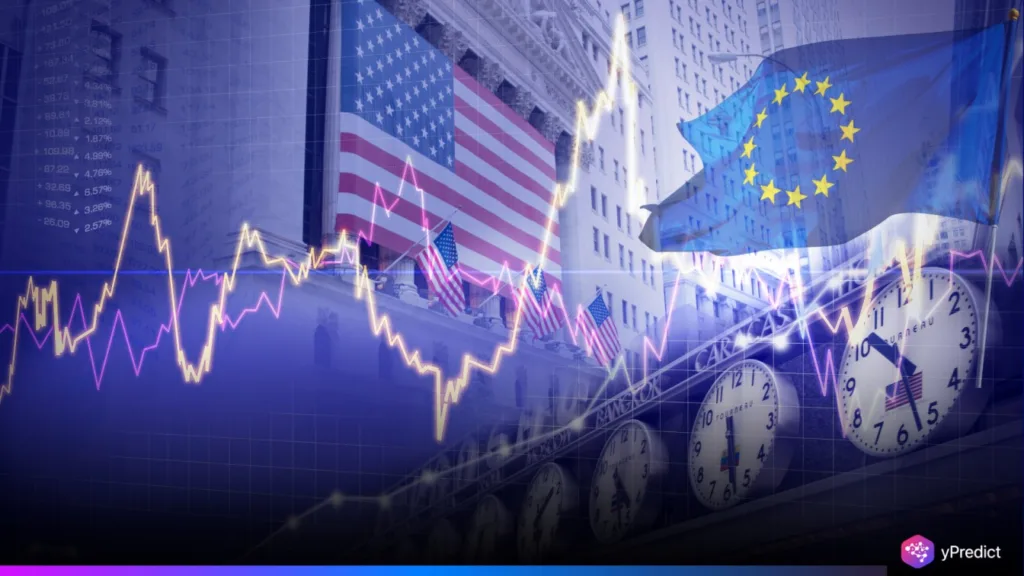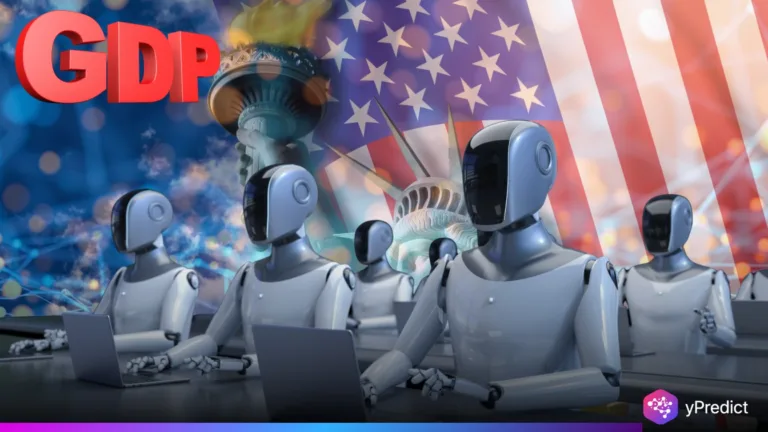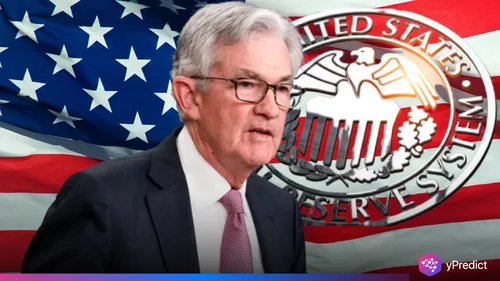
The long-sleeping Transatlantic Trade and Investment Partnership (TTIP) has been topic of conversation once again on July 28, 2025, as the U.S. and the EU announced a renewed agreement. The evolution, billed as an updated version of TTIP, comes nearly a decade after negotiations for the original TTIP began and failed from 2013 to 2016. The markets received the news immediately, interpreting it as a signal of expanding harmonized economic cooperation. The new agreement is expected to impact roughly $1.6 trillion of trade flows annually and alter the industrial priorities for both economies across the Atlantic Ocean. While there is optimism about TTIP, some financial analysts focused on the potential short-term volatility of markets based on prior historical precedents, trade tariffs and complexities.
CEPR Study Suggests Long-Term Gains Over Price Drops
While markets celebrated the TTIP Revival, economists turned to the CEPR Study for clarity on expected outcomes. The Centre for Economic Policy Research (CEPR) had previously analyzed 39 EU trade deals spanning from 1993 to 2013. Their conclusion: consumer benefits primarily stem from quality improvements, not from lower prices. This signals a shift in expectations from quick consumer savings to gradual enhancements in product standards and industrial efficiency. Like the findings from the CEPR, this current trade deal looks designed to benefit sectors such as automotive, manufacturing and luxury exports, and that AI, now on the strategic European innovation agenda may actually see a structural element to it when quality-driven sectors can use smart manufacturing and AI in logistics.
Market Volatility Resurfaces Amid Tariff Disputes
Despite the surge in investor sentiment following the TTIP Revival, historical context from a 2019 WTO report warns of a potential “sell-the-news” phenomenon. Traders now weigh the possibility that European stock indices could face similar turbulence. These disputes, related to agricultural damage, aircraft subsidies, and digital service taxes, have undermined investor confidence. As AI technologies become further distributed across global trade infrastructures, expect future disputes to take place in a more constructive but complex context, making algorithmic trading systems an even greater test.
Industrial Focus Over Consumer Relief
The renewed agreement appears to prioritize industrial interests over direct consumer relief. This is consistent with the CEPR Study’s main conclusion that trade advantages should be seen through the lens of product innovation and growth at the industry-level rather than immediate price reductions. The automotive, pharmaceutical, and high-end consumer sectors will increasingly expect to see efficiencies in, short, robust international supply chains, speedier cross-border digital services, and regulatory harmonization.
AI remains critical to these updates, particularly in areas of smart manufacturing, supply chain optimization, and predictive analytics. Some analysts believe this industrial focus on growth may act as a catalyst for AI startups primarily in the logistics and automation space, since policymakers prioritize modernization instead of minor savings for consumers.
Short-Term Surge, Long-Term Watch
While TTIP Revival is again bringing cross-border collaboration to the fore, financial markets must sift through the complexities of layered impacts. Investors will be looking for signals from macroeconomic releases and AI-driven models estimating the magnitude of announcement day volatility. The ultimate success of the TTIP Revival will depend on each side’s ability to avoid new tariff disputes and then effectuate trade upgrades as seamlessly as possible. In the meantime, the CEPR study remains the reference point for markets, reminding people that the most real benefits often come quietly through better systems, better standards, and long-term structural alignment. As Europe and the U.S. start to align again, it seems likely that AI will be the tool for operating within this new economic chapter.







